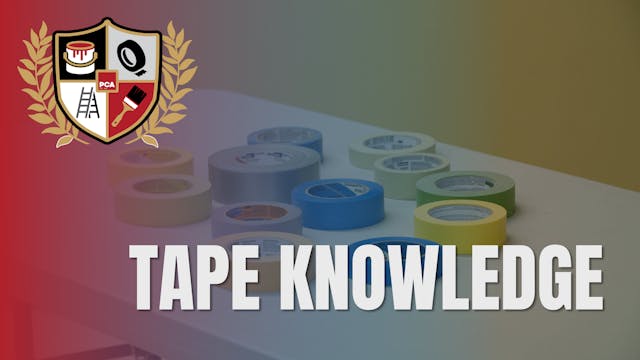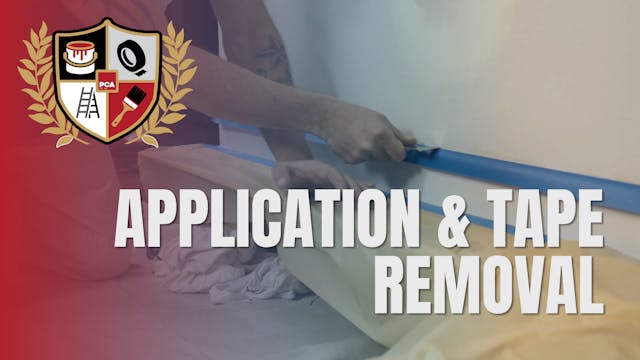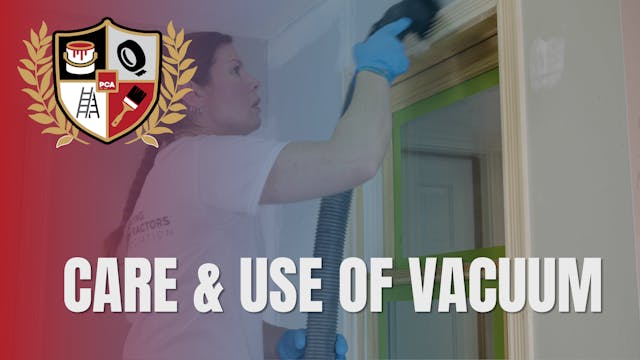Before painting, staining or enameling—all hardware is typically removed, or protected, according to your scope of work. In this video, we’ll cover the proper techniques in order to avoid lost or damaged parts.
Removing hardware requires following a sequence, labeling and then reinstalling. Everything must go back to its original place in order to reduce confusion...at the job site. After all, the person who removed the hardware may not be the same person who replaces the hardware. This means planning, labeling and thinking ahead. Let’s take a look…
Up Next in Level 1
-
Tape Knowledge
A professional painter knows which tape to use in different situations. If you’re not sure, you can always ask the paint vendor for advice and read the packaging on the tape. Tape comes in different widths and with different adhesives. Low-tack tape is less sticky than high-tack tape.
It’s also...
-
Application & Tape Removal
When you apply tape to protect a surface, you need to be thinking about the moment when you will remove the tape from that surface.
Will it come off easy and in one continuous segment?
How long will the tape be sticking on the surface?
Is there any chance the adhesive will transfer or lift ...
-
Care & Use of Vacuum
Job site preparation involves clearing away dust and debris. Vacuuming, in particular, takes away the fine dust particles that may stick to the wet materials on surfaces, resulting in a rough finish.
When we clean the areas near the substrates that will receive paint or other finishes, we want ...


